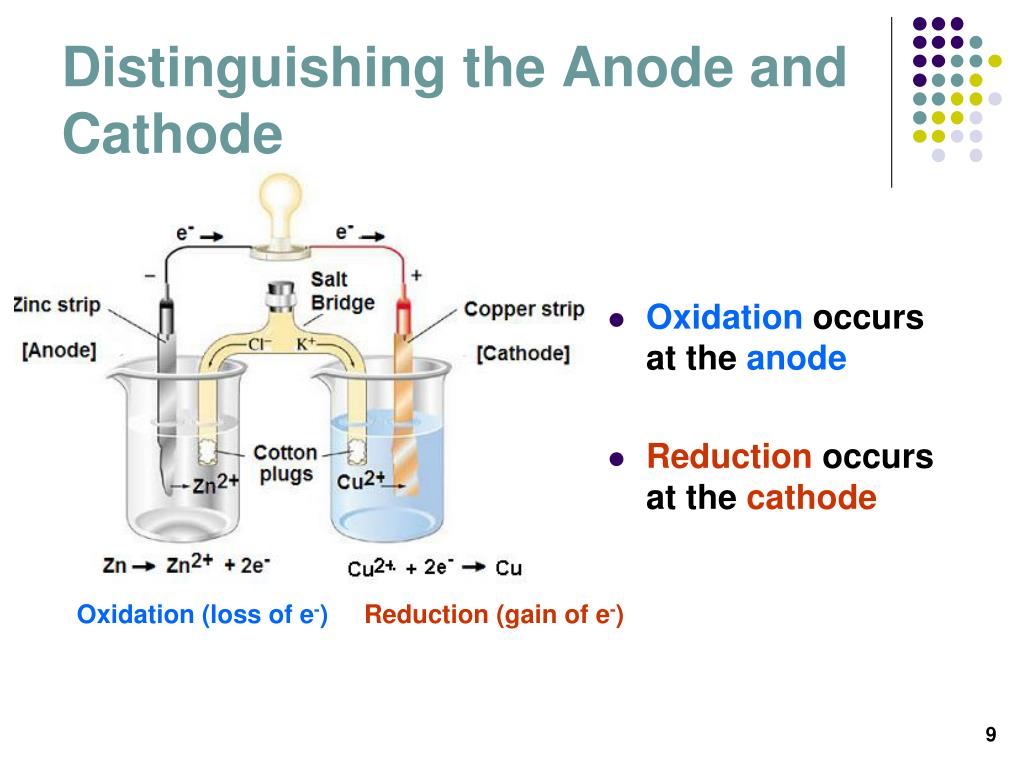

These substances are commonly found on cathodes in the chlorate process and can serve as model substances for the experimental investigation.

In order to understand the effect of different substrates on the hypochlorite reduction, α-FeOOH, γ-FeOOH, Cr2O3 and CrOH3 were electrodeposited on titanium and subjected to electrochemical investigations. Today chromate is added to the reactor solution to minimize the hypochlorite reduction but a replacement is necessary due to health and environmental risks with chromate. Reduction of hypochlorite is the most important side reaction in the sodium chlorate reactor leading to high energy losses. Interestingly, other electrochemical reactions (O2 reduction, H2O2 reduction and oxidation) are also suppressed by the protective coating, suggesting that the deposited layer acts as an inorganic membrane on the electrode surface. 90% compared to the bare Pt electrode, while the HER proceeds with high selectivity and unchanged kinetics. On this protected electrode surface the electrochemical reduction of hypochlorite is suppressed by ca. Optimizing the deposition conditions (time, current density), a coherent and stable coating is formed on the electrode surface. Performing the electrodeposition of such protective coating ex situ, well-controlled coating thickness can be achieved. This is attributed to the deposition of a thin cerium oxide/hydroxide coating on the cathode, induced by the increased local alkalinity during electrolysis. The addition of cerium (III) salts to a hypochlorite solution increases the cathodic selectivity towards hydrogen evolution (HER), the preferred cathode process in industrial chlorate production. Therefore, an alternative to sodium dichromate is essential to maintain, or even increase the process efficiency. Because of the toxicity of this compound its use is restricted within the European Union to time limited authorization by REACH. To date the only known solution to avoid the unwanted electrochemical reduction of hypochlorite and chlorate in industrial chlorate production, performed in undivided cells, is the addition of dichromate to the chlorate electrolyte.


 0 kommentar(er)
0 kommentar(er)
